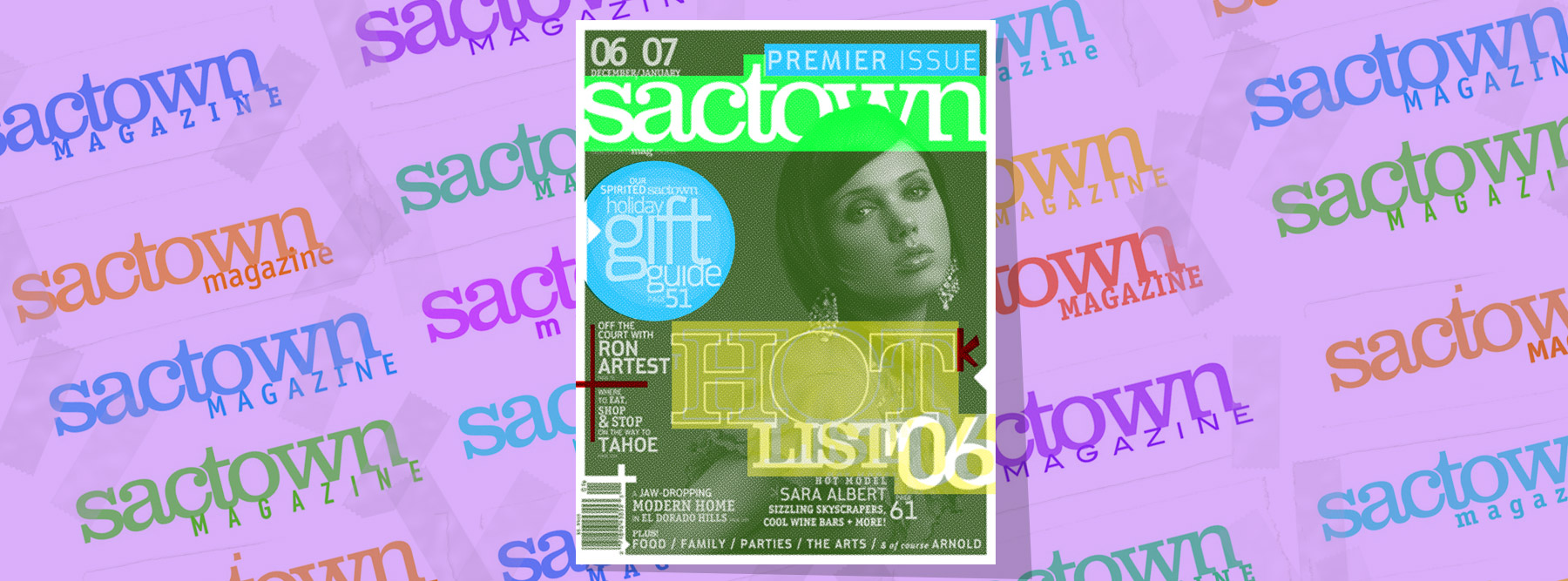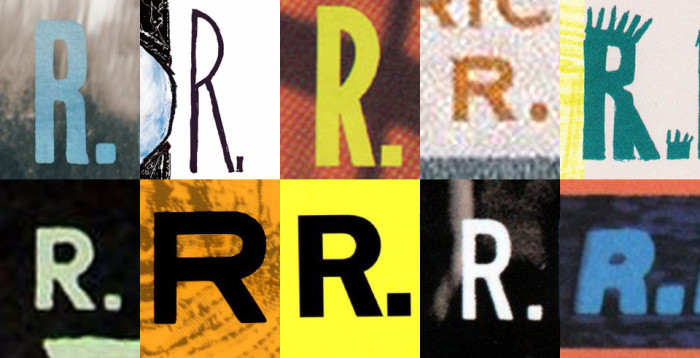
by Malmberg | Jul 23, 2017 | Blog, case study
10 Years. I was there for nearly every day but it still seems kind of insane that it’s been over a decade since we launched Sactown. Perhaps it’s because its a bimonthly, so the relatively smaller number of issues (we’re currently in the mid-60s)...

by Malmberg | Jul 21, 2017 | Blog
Note: this blog post originally ran at my other site in February of 2017 13, Broke, Curious, Bored The moment is indelibly burnt into my memory. Every Sunday morning, I’d pick through the day’s edition of the Omaha World Herald, digging through sooty inserts and box...




